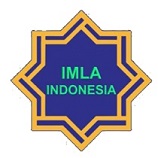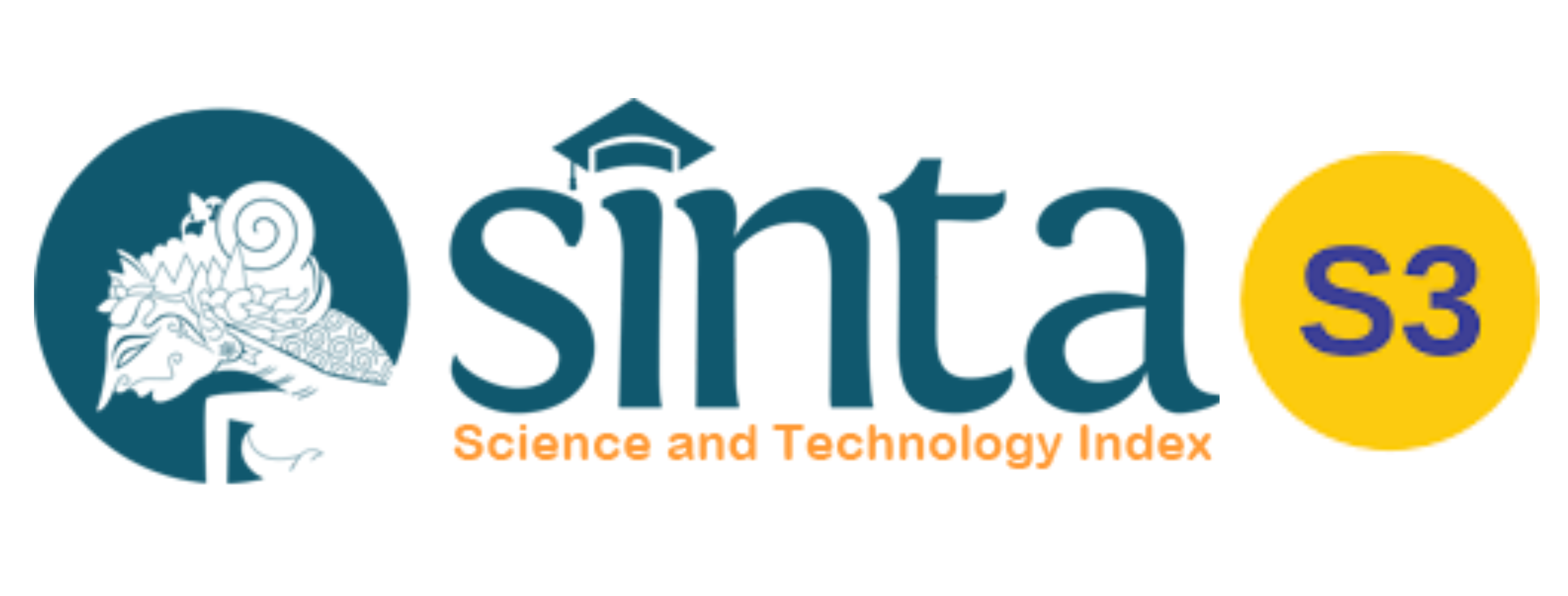THE SOCIAL APPROACH TO THE DEVELOPMENT OF UNFAMILIAR TERMS IN ḤADĪṠ AND THE FORMULATION OF THEIR SELECTION CRITERIA FOR NON-ARABIC SPEAKERS
Abstract
Keywords
Full Text:
PDFReferences
‘Aẓīmuddīn, M. (1965). Pendahuluan Garīb al-Ḥadīṡ oleh Abū ‘Ubayd Ibn Qāsim al-Harawī. Beirut: Dār al-Kitāb al-‘Arabī.
Al-‘Asqalānī, I. H. (1960). Fatḥ al-Bārī bi Syarḥ Ṣaḥīḥ al-Bukhārī. Al-Maktabah al-Salafiyyah.
Al-‘Umarī, A. D. (1994). As-Sīrah an-Nabawiyyah aṣ-Ṣaḥīḥah: An Attempt to Apply the Ḥadīṡ Scholars’ Criteria to the Biography of the Prophet (ed. ke-6). Maktabat al-‘Ulūm wa al-Ḥikam.
Al-Anṣārī, A. R. (1985). Nuẓat al-Albā’ fī Ṭabaqāt al-Udabā’. Al-Manār Library.
Al-Bassām T, A. B. & al-Raḥmān, A. (2003). Tauḍīḥ al-Aḥkām min Bulūgh al-Marām (ed. ke-5). Maktabah al-Asadī.
Al-Haitamī, I. H. (1987). Al-Zawājir ‘an Iqtirāf al-Kabā’ir. Dār al-Fikr.
Al-Khaṭīb, A. (1971). Uṣūl al-Ḥadīṡ: ‘Ulūmuhu wa Muṣṭalaḥuhu (ed. ke-2). Dār al-Fikr.
Al-Khaṭṭābī, H. (1982). Garīb al-Ḥadīṡ. Dār al-Fikr.
Al-Miqālī, K. (1999). ‘Ilm Garīb al-Ḥadīṡ: Nash’atuhu wa Taṭawwur al-Ta’līf Fīhi Ḥattā Nihāyat al-Qarn al-Rābi‘ al-Hijrī. Meknassa Journal of the Faculty of Arts and Humanities, Moulay Ismail University, (13).
Anas, E. (2002). Gharīb al-Ḥadīṡ: Qawā‘iduhu wa Ḍawābiṭuhu. Kairo. shttps://tholfekaar.ahlamontada.net/t29-topic (akses 28 April 2025)
An-Naqqāḥ, M. K. (2018). Difficulties in Teaching Arabic to Non-Native Speakers. Dār al-Fikr al-‘Arabī.
An-Nawawī, Y. B. (1972). Al-Minhāj Syarḥ Ṣaḥīḥ Muslīm ibn al-Ḥajjāj (ed. ke-2). Dār Iḥyā’ al-Turāṡ al-‘Arabī.
Ar-Rubā‘ī, A. (2019). Arab Culture in the Light of the Prophetic Ḥadīṡ. Dār al-Gauthānī.
Arshoud, N. A. (2015). Arabic Dialects in the Noble Ḥadīṡ (Disertasi Doktor). Universitas Yarmouk, Fakultas Sastra, Departemen Bahasa dan Sastra Arab, Yordania.
As-Sa‘dī, A. R. (2020). Precise Meanings of Ḥadīṡ Terminology. Journal of Imam University, (12).
As-Saukānī, M. b. ‘Alī. (1993). Nail al-Awṭār. Dār al-Ḥadīṡ.
At-Tuwaijrī, A. (2015). The Future of the Arabic Language (ed. ke-2). Islamic Educational, Scientific and Cultural Organization (ISESCO).
Engeström, Y. (2019). Learning by Expanding: An Activity-Theoretical Approach to Developmental Research (ed. ke-2). Cambridge University Press.
Ibn al-Aṡīr, M. D. J. (2008). An-Nihāyah fī Garīb al-Ḥadīṡ wa al-Āṡār. Al-Maktabah al-‘Aṣriyyah.
Ibn aṣ-Ṣalāḥ, U & ar-Raḥmān, A. (1986). Ma‘rifat Anwā‘ ‘Ulūm al-Ḥadīṡ (Muqaddimat Ibn al-Ṣalāḥ). Dār al-Fikr.
Ibn Manẓūr, M. M. (1994). Lisān al-‘Arab. Dār aṣ-Ṣādir.
Ibn Qudāmah. (1978). Al-Mugnī. Kairo: Maktabah al-Qāhirah.
Juma‘ah, I. A. (2003). Series of Arab-Islamic Heritage.
Ministry of Religious Affairs of the Republic of Indonesia. (2013). Majmū‘at al-Ad‘iyyah al-Yaumiyyah. Dakwah Publications Bureau.
Qasṭalānī, A. A. (1996). Irsyād as-Sārī li Syarḥ Ṣaḥīḥ al-Bukhārī. Dār al-Kutub al-‘Ilmiyyah.
Sédillot, L. P. (1892). Khalāṣat Tārīkh al-‘Arab (M. ‘Alī Pasha Mubārak, Penerj.). Mustafa Press.
Zaidān, J. (1988). Al-Lugah al-‘Arabiyyah Kā’in Ḥayy. Dār al-Jīl.DOI: https://doi.org/10.20961/cmes.18.1.101503
Refbacks
- There are currently no refbacks.
Copyright (c) 2025 Center of Middle Eastern Studies (CMES)

This work is licensed under a Creative Commons Attribution-ShareAlike 4.0 International License.
| Copyright of CMES ISSN 2085-563X (print) and ISSN 2502-1044 (online) CMES Journal is licensed under a Creative Commons Attribution-ShareAlike 4.0 International License. | CMES (Center of Middle Eastern Studies) Print ISSN: 2085-563X Online ISSN: 2502-1044 Website: https://jurnal.uns.ac.id/cmes/index Email: cmes@mail.uns.ac.id Published by: Universitas Sebelas Maret Office: Department of Arabic Literature, Faculty of Cultural Science, Universitas Sebelas Maret Ir. Sutami Street, No. 36A, Surakarta, Jawa Tengah 57126 Phone: +62 822-4000-2313 |















